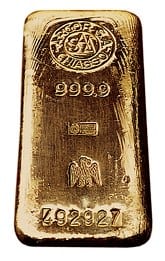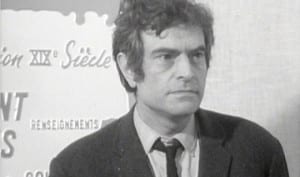(Image of Marcel Broodthaers credit: http://www.chiararubessi.com/tag/marcel-broodthaers/)
Last Wednesday the class pitched our performance ideas to Conan and Ash. Many were nervous, but overall the pitches went smoothly and although everyone left with more to consider, all ideas had potential and things were looking promising.
I pitched the idea to ritualistically remove the labels accompanying the artwork in the viewpoints gallery, and replace it with my own readymade labels, which would tell the value of the artwork, in an alternative fashion e.g. “This piece is worth 300,000 hours of a cleaner’s salary at the usher gallery”. I wanted this to clearly consider the value of artwork. Once I had replaced the labels I would then move into the back room of the viewpoints gallery, where I would converse with members of the public, asking questions such as “what is the most valuable thing in your life”. I wished to start fluid, casual conversations, much like Oreet Ashery’s Say Cheese (Ashery, 2001-2003). I would’ve recorded these conversations, and I hoped to gather many different reactions and interactions. Once the conversation had concluded I would give the participant a chocolate coin, as a token of value.
My performance was to consider the Museum as an institute, the legitimising voice of the museum and the commercialism and commodification of art.
Unfortunately I am unable to pursue this specific performance as Museums prohibit the disclosure of the monetary value of their displays, once they enter the building they are then only supposed to hold cultural value. This code of monetary secrecy is a surprising one to find in the museum environment, as it is a site of explicit labelling, but what would be expected to be one of the most valuable pieces of information, in our capitalist society, is withheld. Perhaps keeping this knowledge private is done so that the pretense of museums as a cultural experience can remain, covering up the cultural capital attached to the site.
The feedback for the pitch suggested that I drop the public interaction as it is unreliable and sometimes unnecessary, and I focus my performance on the concept of labelling, a direction I am very much willing to take the performance.
Now considering Marcel Broodthaers’ Musée d’Art Moderne, Département des Aigles (Museum of Modern Art, Department of Eagles), “a conceptual museum which manifested itself in many guises and locations between 1968 and 1972” (McShine, 1999, 62). The driving influence on my piece is Broodthaers’ department of finance aspect of his performance, where he marked gold ingots with an eagle insignia and then sold them for twice their worth. This act increased my curiosity concerning the commercialism of art.
 (Image of Broodthaers’ Ingot. Credit: http://www.moma.org/interactives/exhibitions/1999/muse/artist_pages/broodthaers_musee.html)
(Image of Broodthaers’ Ingot. Credit: http://www.moma.org/interactives/exhibitions/1999/muse/artist_pages/broodthaers_musee.html)
The Musée d’Art Moderne, Département des Aigles was created during the “political protests by students, artist and activists against government controls of cultural production and against the increasing commercialisation of art” (ibid). This had me thinking about how art receives its value. Art becomes valuable once a label is attached. There are lost masterpieces which exist in attics and archives, and are valuable to no one. It is only once the piece is found, and confirmed as authentic and labelled as genuine that any value is then given. The idea that value is a construction is not new, but I think through the commodification of art this practice is perfectly illuminated.
Works Cited:
McShine, K. (1999) The Museum as Muse: Artists Reflect. New York: Museum of Modern Art.
Ashery, O. (2001-2003) Say Cheese. in The Many Headed Monster. London. Live Art Development Agency.

Recent Comments